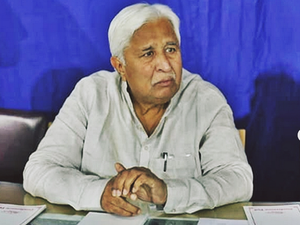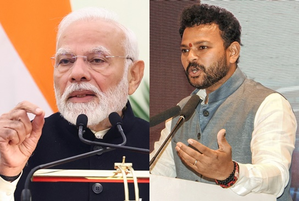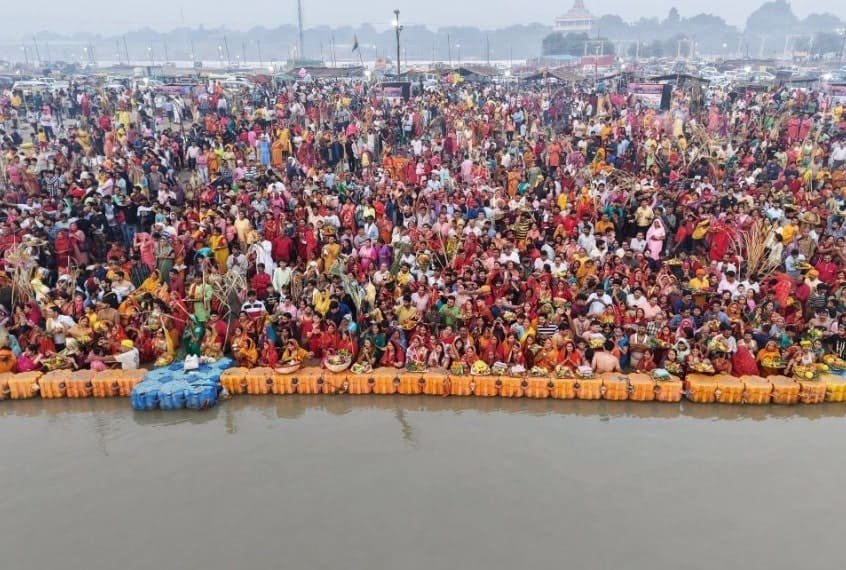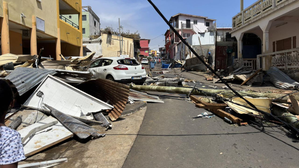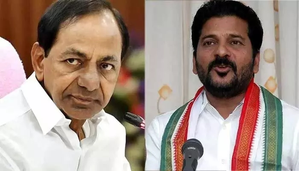Dharamsala, Feb 21 (IANS) After a month-and-a-half visit to southern India, globetrotting Tibetan spiritual leader, the Dalai Lama, on Friday returned to his home, where he has been staying for more than six decades, his aides said.
The spiritual leader during his annual winter sojourn visited Bylakuppe and Hunsur in Karnataka, led prayer services, attended debates, performed ordinations for 303 monks and met 8,021 people.
On arrival here, His Holiness was met at the Gaggal airport by Central Tibetan Administration (CTA) Department of Security Minister Gyari Dolma and members of the Tibetan Parliament.
Also assembled to welcome him were local representatives of various faith traditions, Hinduism, Christianity, Islam and Buddhism, and His Holiness greeted them warmly.
Donning traditional attires, a large number of Tibetans gathered to welcome His Holiness en route the hilltop Tsuglagkhang temple, close to his official palace in McLeodganj, a beautiful suburb of Dharamsala.
Monks and nuns wore their yellow Dharma robes, while laypeople were specially dressed.
Many of them had white silk scarves and incense in their hands and their faces were full of joy.
His Holiness waved and smiled cheerfully at them as he passed. McLeodganj is the headquarters of the Tibetan government-in-exile and the town and its suburbs support around 16,000 exiled Tibetans and an equal number of Indians.
Also known as Little Lhasa, McLeodganj has lured hundreds of thousands of Westerners since Tibetan spiritual leader Dalai Lama settled here in 1960 after fleeing from Chinese persecution with his followers.
His teachings on ethics, non-violence, peace and religious harmony, have made him one of the most popular and revered religious figures.
For India, the Tibetan spiritual leader the Dalai Lama, who is turning 90 in July, is a symbol of Buddhism, also a revered guest not just of India but of its citizens.
A Nobel laureate and a promoter of peace and religious harmony in the world, the Dalai Lama is one of the most respected religious leaders of the world.
The Dalai Lama will be releasing a new book in March that offers insights into his decades-long dealings with China.
Already to his credit are dozens of books, including two autobiographies and works on ethics, Buddhist philosophy and practice, and the overlap between religion and science.
The Dalai Lama has rarely delved extensively into raw politics.
His office has said now in ‘Voice for the Voiceless: Over Seven Decades of Struggle With China for My Land and My People’, the Dalai Lama offers his first detailed account of his fraught negotiations with a succession of China’s leaders.
The book offers personal, spiritual, and historical reflections, some never shared before, in which the Dalai Lama tells the full story of his struggle with China to save Tibet and its people for nearly 75 years.
The Dalai Lama has had to contend with China for nearly his entire life. He was 16-years-old when Communist China invaded Tibet in 1950, only 19 when he had his first meeting with Chairman Mao in Beijing.
The Dalai Lama, along with many of his supporters, fled the Himalayan homeland at the age of 25 and took refuge in India when Chinese troops moved in and took control of Lhasa in 1959.
He became a leader in exile and in the decades since, he has faced Communist China’s leaders, Mao Zedong, Deng Xiaoping, Jiang Zemin, Hu Jintao, and Xi Jinping, in his efforts to protect Tibet and its people, with their distinct language, culture, religion, history, and environment, in the face of the greatest possible obstacles.
Now, almost 75 years after China’s initial invasion of Tibet, the Dalai Lama reminds the world of Tibet’s unresolved struggle for freedom and the hardship his people continue to face in their own homeland.
–IANS
vg/rad



